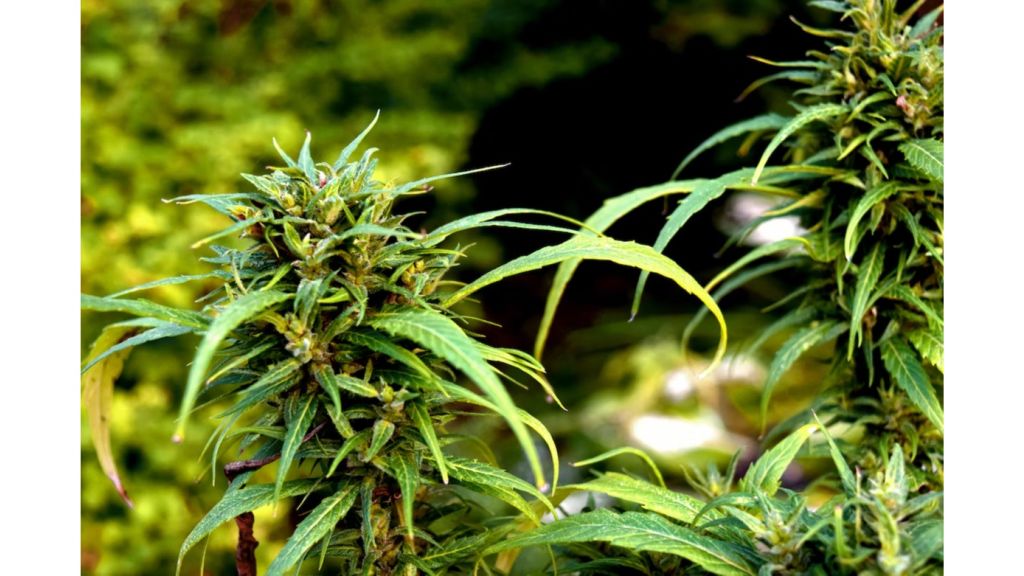How CBD is Extracted from the Plant
Cannabidiol (CBD) is one of the many compounds found in the cannabis plant, and can be extracted in a number of ways. The most common methods for extracting CBD include:
-
CO2 extraction: This method uses carbon dioxide under high pressure and low temperatures to extract CBD, as well as other compounds like terpenes and flavonoids, from the plant material. This method is considered to be the safest and most efficient way to extract CBD, as it uses a closed-loop system and does not leave any solvents or residue behind.
-
Ethanol extraction: This method uses ethanol, a type of alcohol, as a solvent to extract CBD from the plant material. The ethanol is heated to high temperatures to evaporate and separate it from the CBD, leaving a concentrated oil. This method is also considered to be safe and efficient, but can be more expensive and require more equipment than CO2 extraction.
-
Olive oil extraction: This method uses olive oil as a solvent to extract CBD from the plant material. The mixture is heated for a period of time, typically around 2 hours, then the oil is separated from the plant material. This method is simple, but less efficient and less potent than CO2 or ethanol extraction.
-
Solvent-based extraction: This method uses solvents like butane, hexane, or propane to extract CBD from the plant material. The solvents are then evaporated, leaving behind a concentrated CBD oil. This method can be more efficient than olive oil extraction, but it is considered to be less safe as the solvents used can be toxic if not handled and evaporated properly.
The type of extraction method chosen will depend on the available equipment, desired quality and purity, and cost. CO2 extraction is widely considered as the industry standard, because it is considered to be the safest and most efficient method, it also generally produces the most pure and potent product.
It's important to note that when purchasing CBD products, it's recommended to look for those that have been extracted with safe and efficient methods, and always look for third-party lab results that indicate the purity and potency of the product. Additionally, be aware that some companies may use low-quality or impure hemp which can be contaminated with heavy metals, pesticides or mold.




Share this via
Or copy link